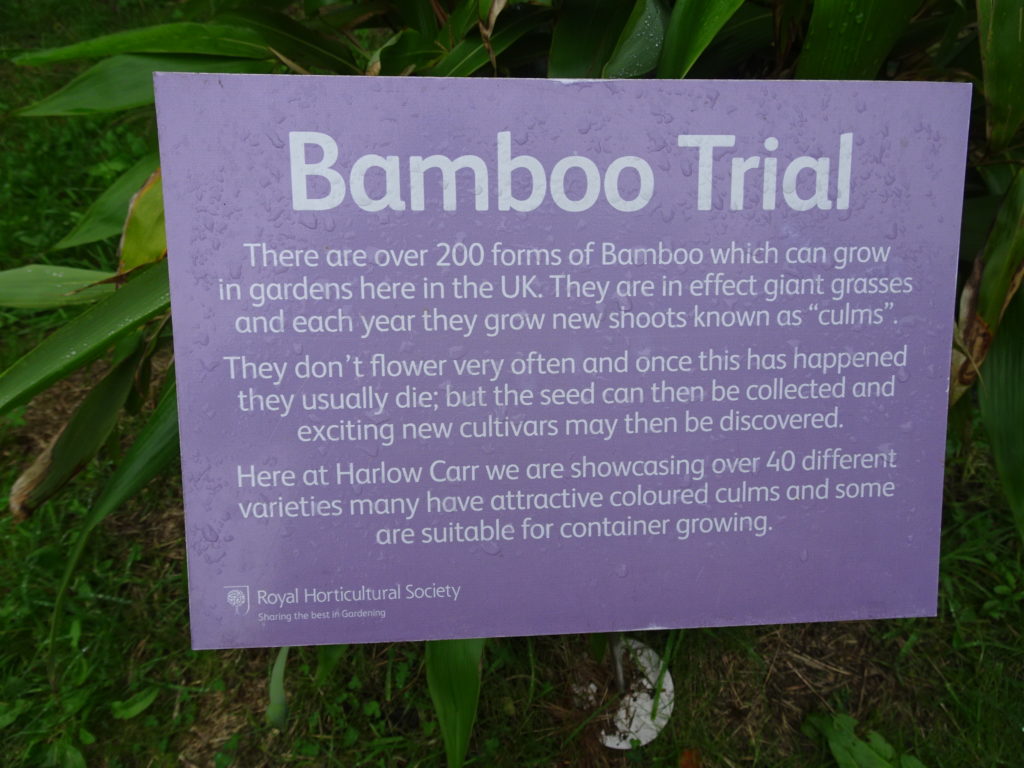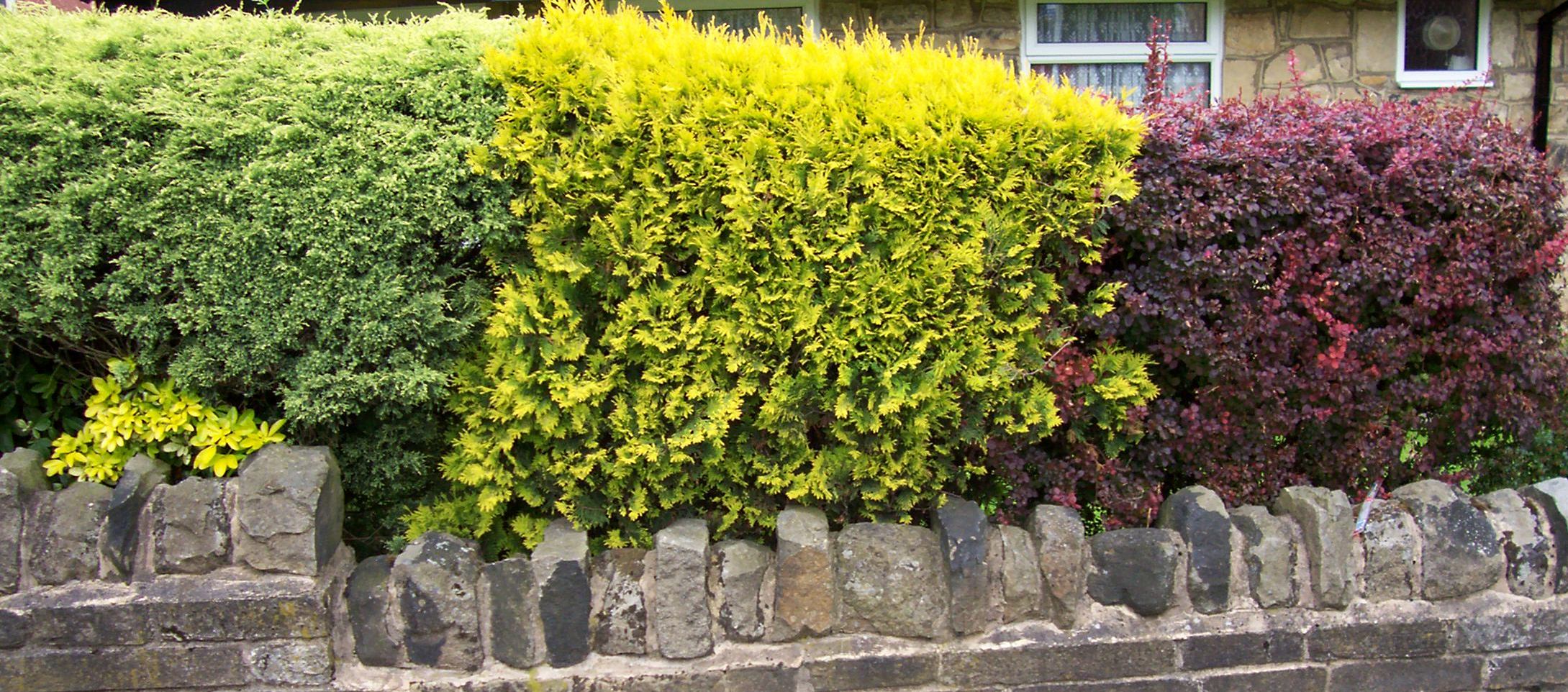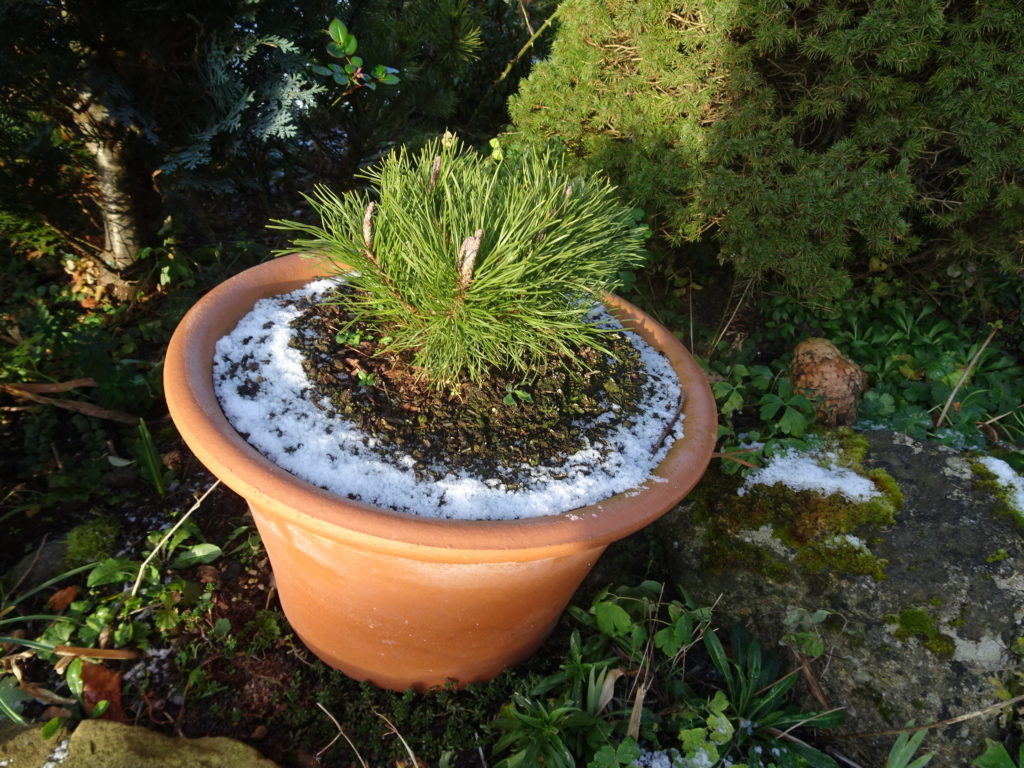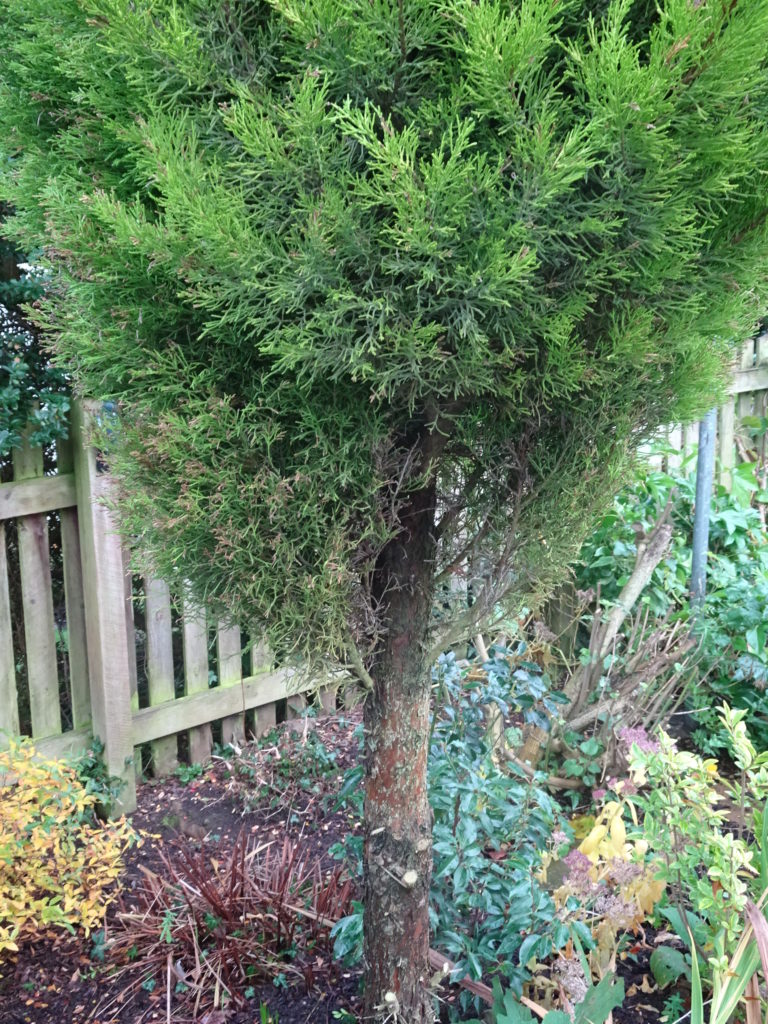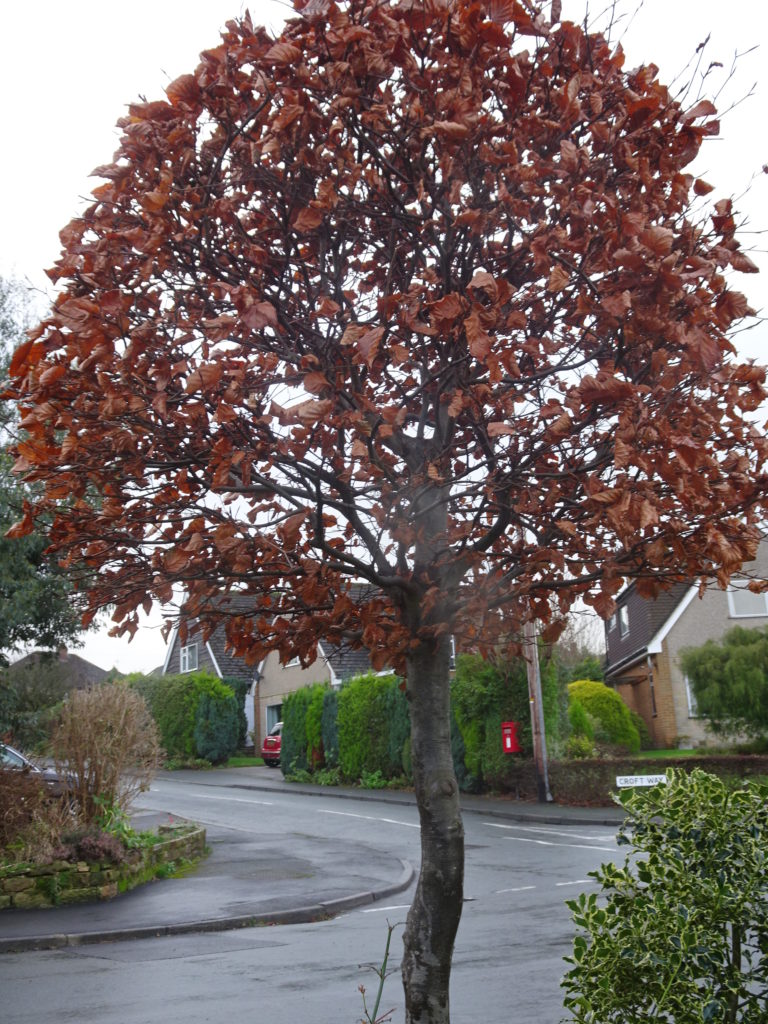Rose Year 2018
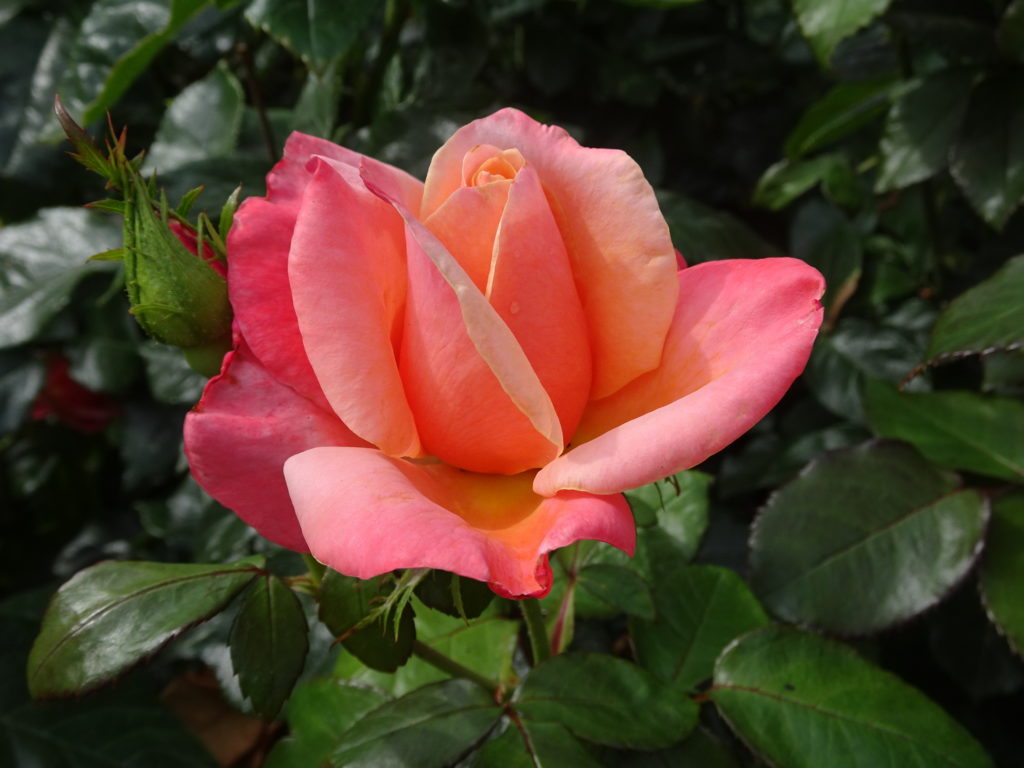
In the UK it has been a fantastic year for flowers, no more so than an English favourite the Rose.
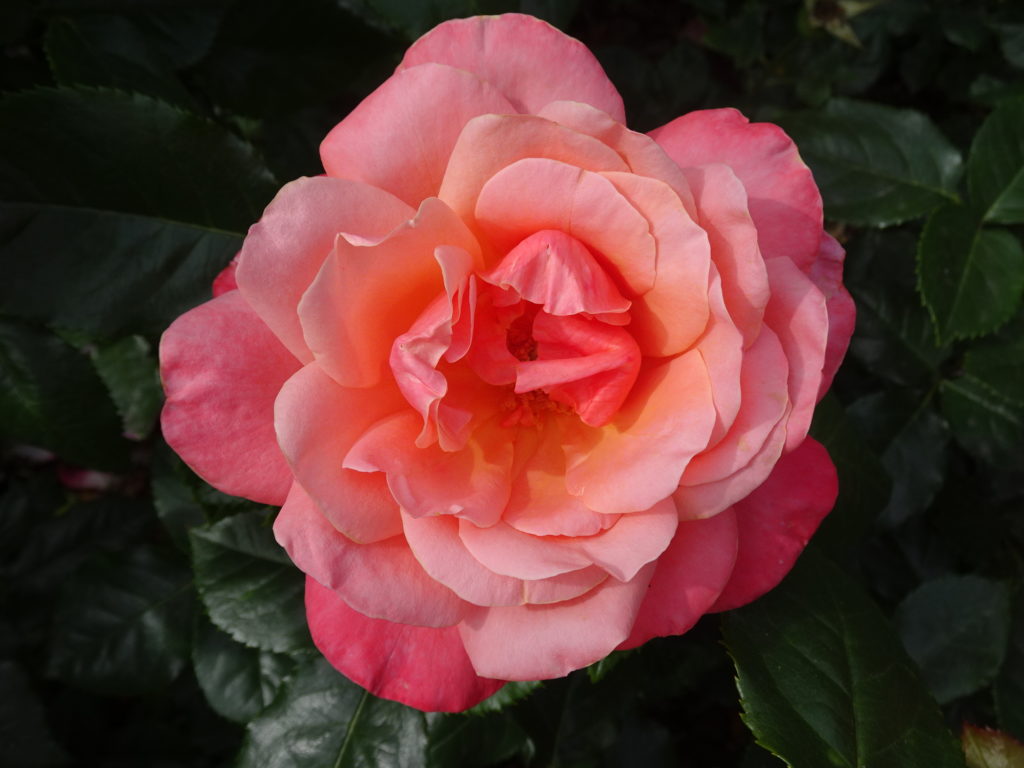
Parks and gardens have been over flowing with stunning blooms and scents.

2018 may be the start of a rose resurgence and I will be tempted to buy a few more bare rooted rose trees this backend.
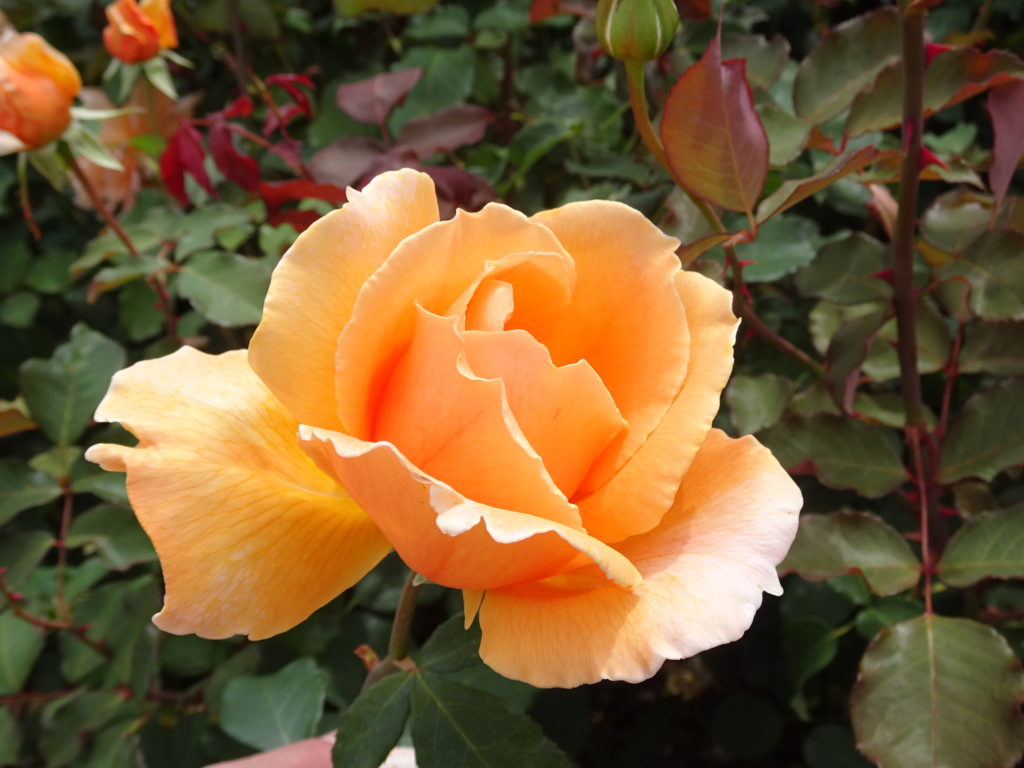
Have I just been fortunate or has the weather restricted pests and diseases? No rust, negligible blackspot and only one plant suffering from mildew.
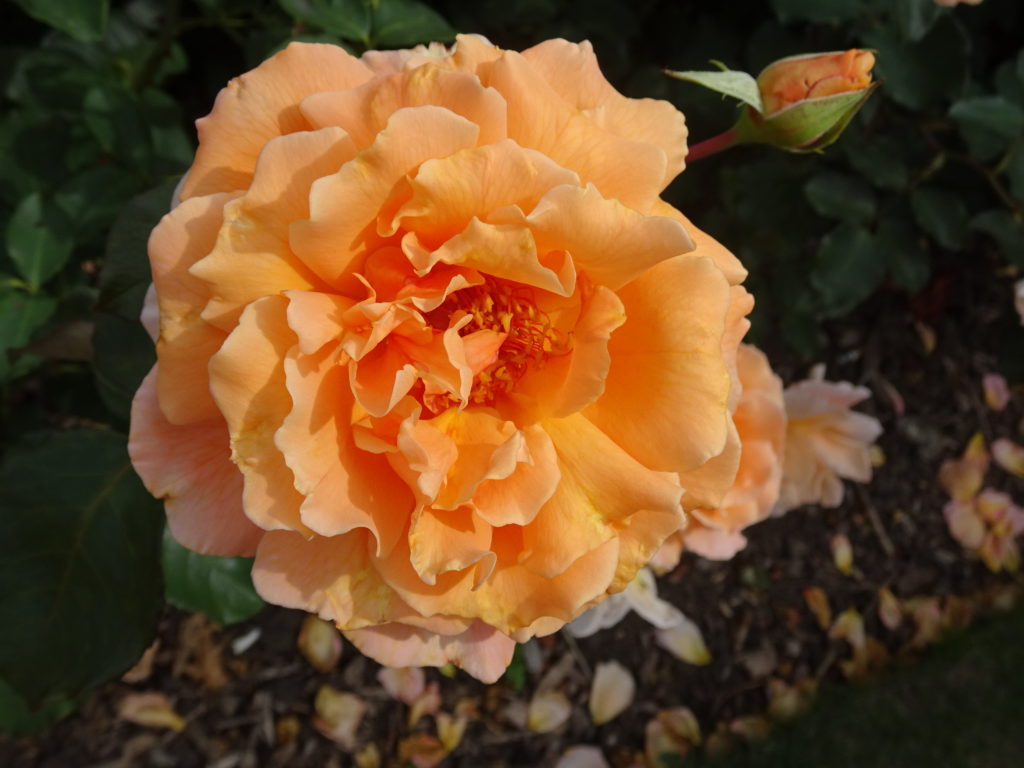
It may be too soon to say farewell to greenfly but I live in hope for the second flush from the HT roses.
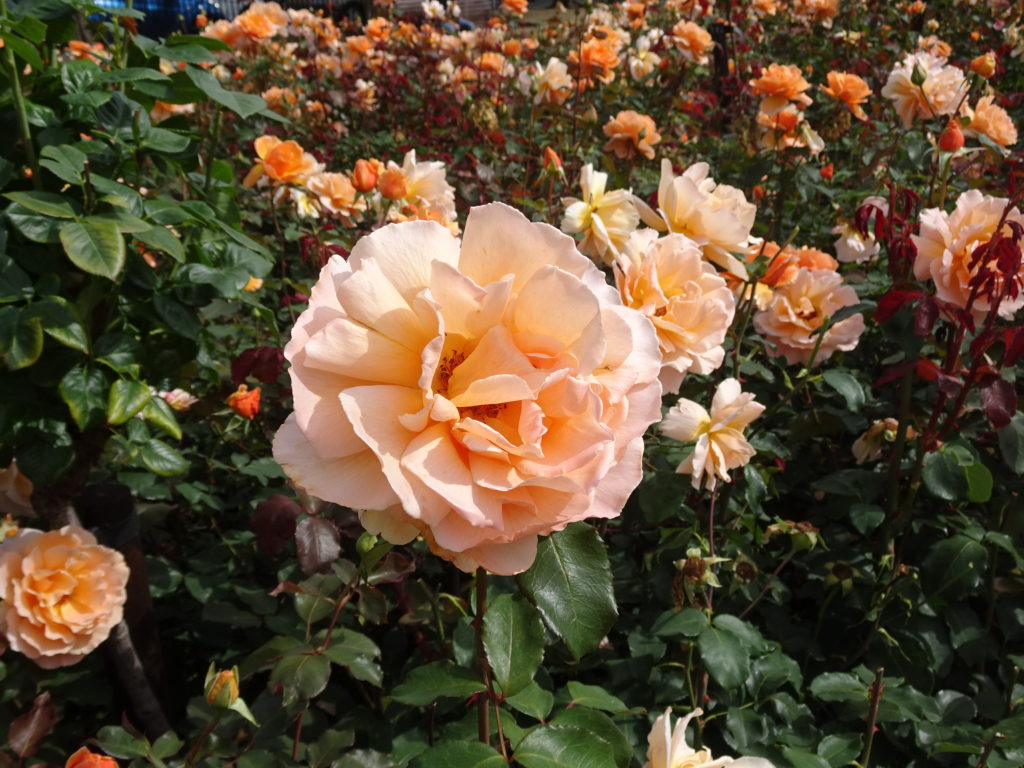
After generally a good year for fruit and berries I wonder what to expect from rose hips this autumn. My Rambling Rector put on a good show and now I hope for a surfiet of hips. Rugosa roses needed more moisture and were one of the few poor performance in 2018.
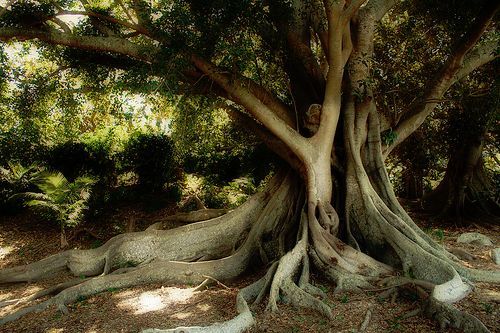
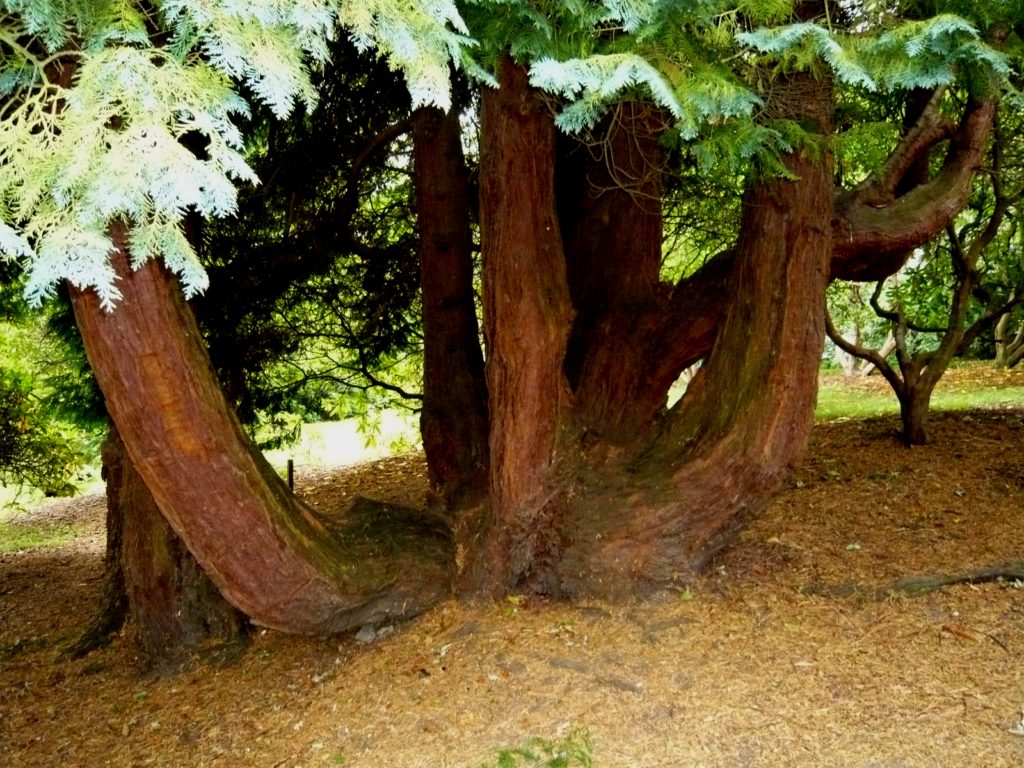


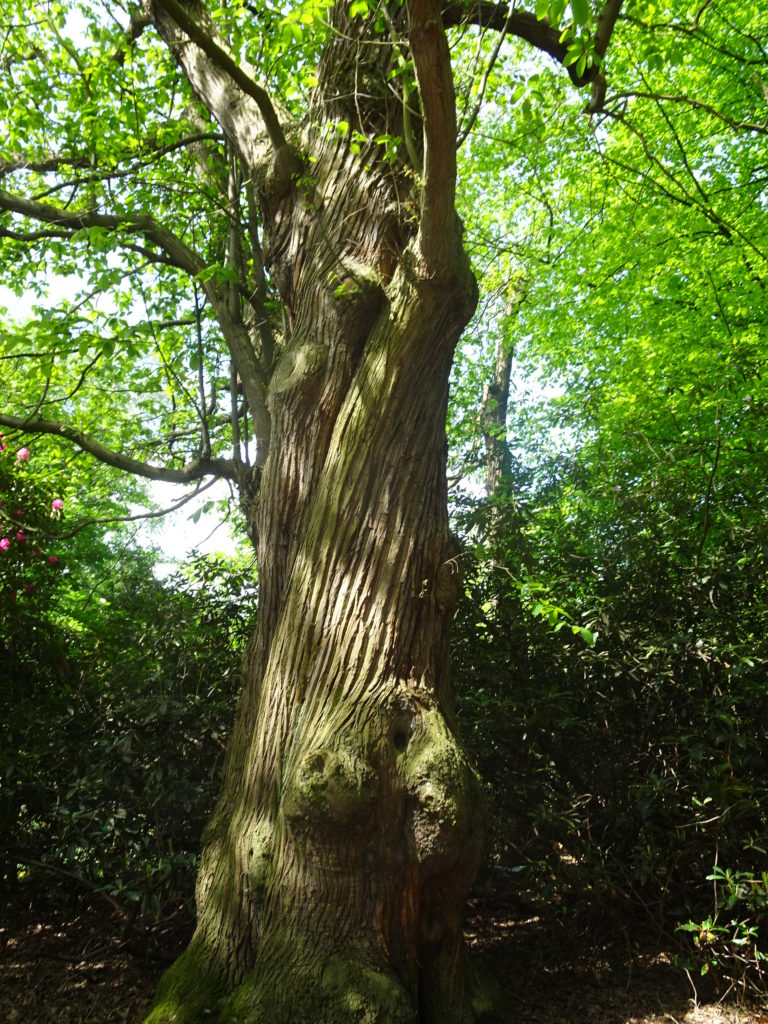
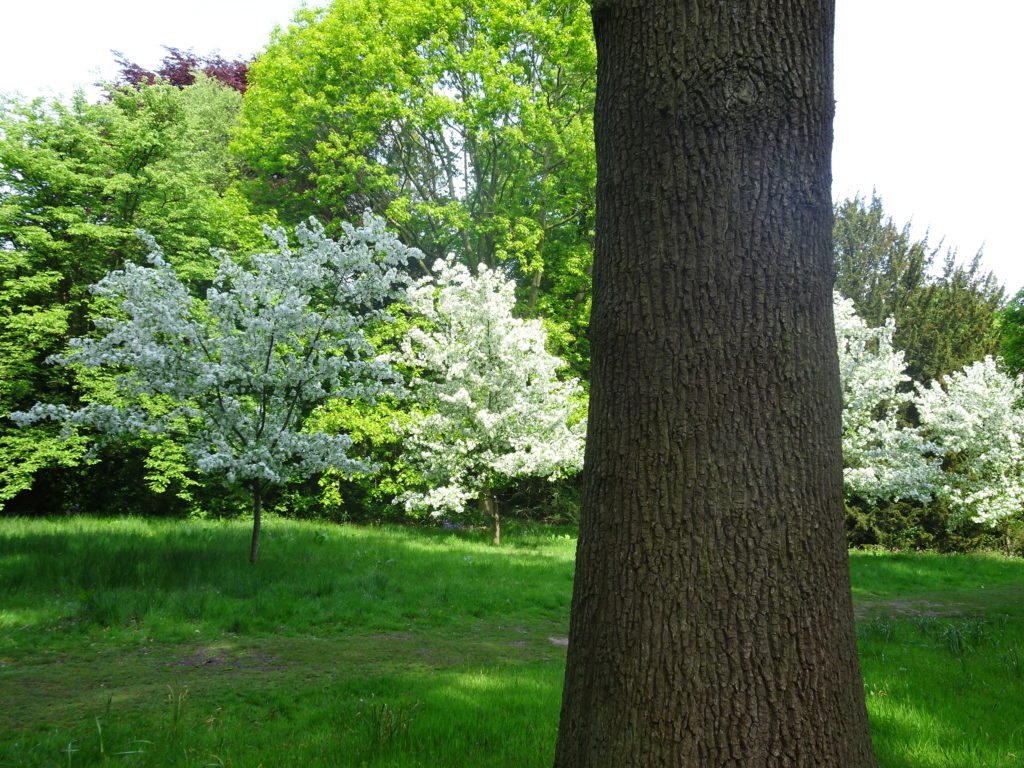


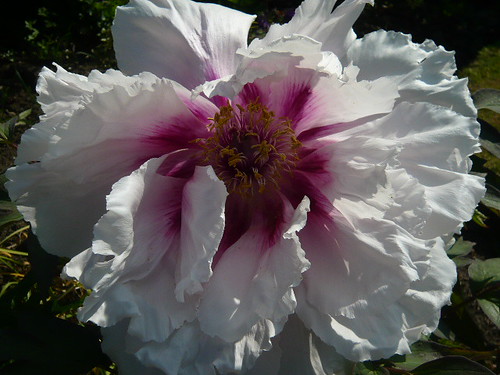
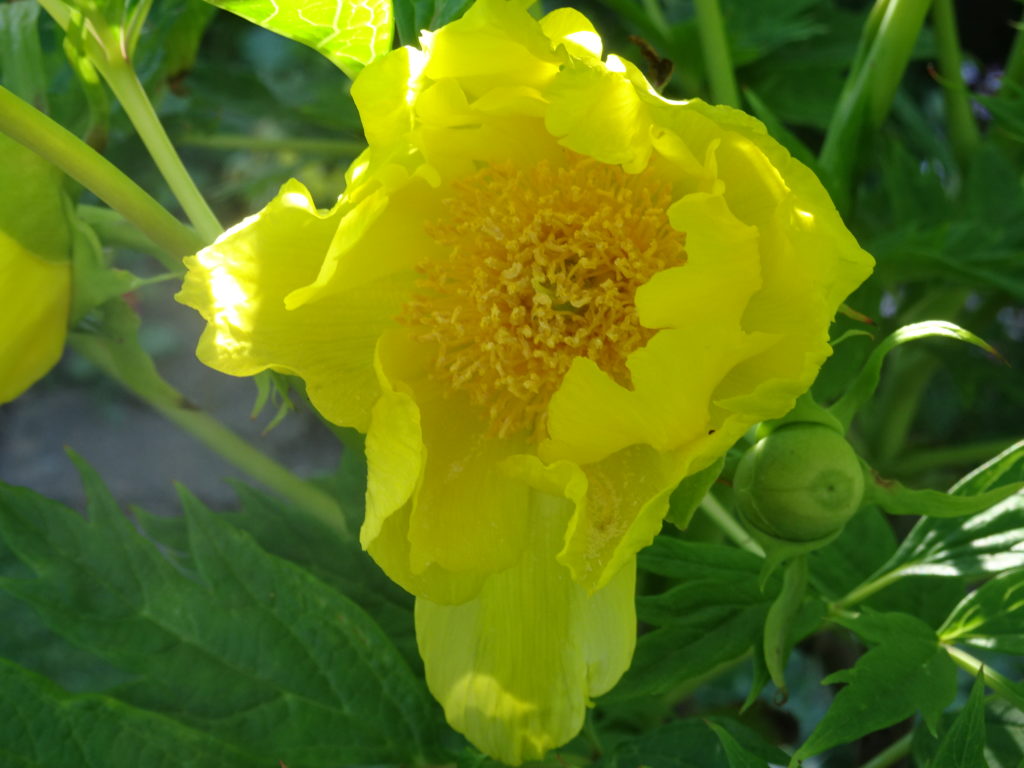
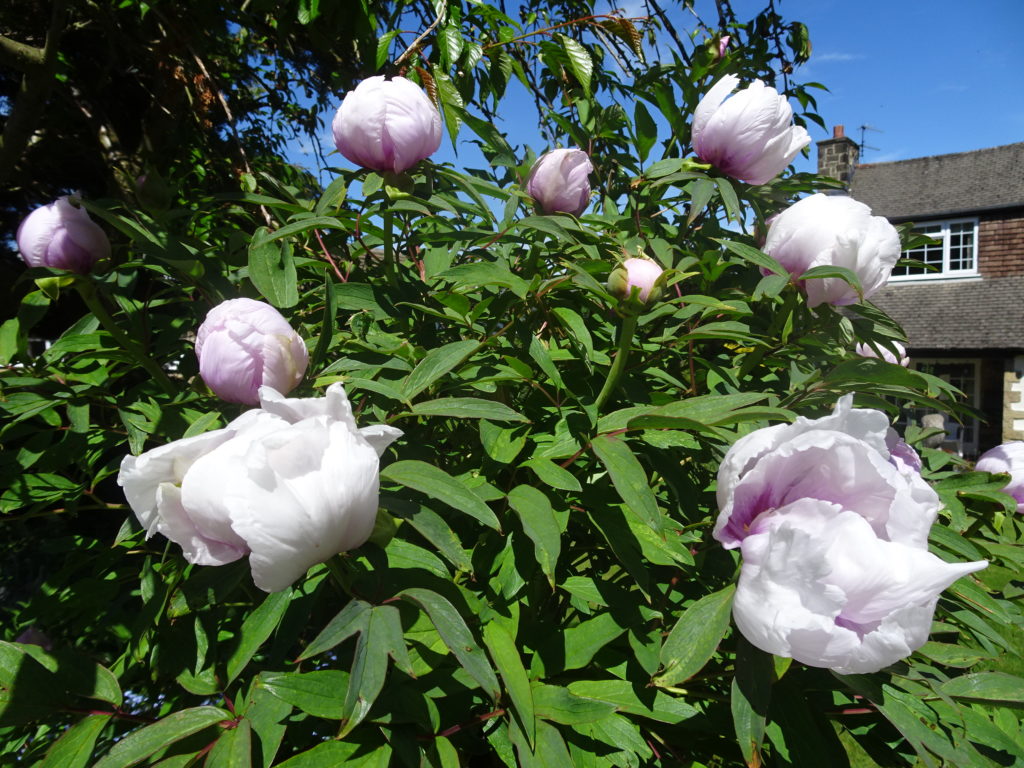
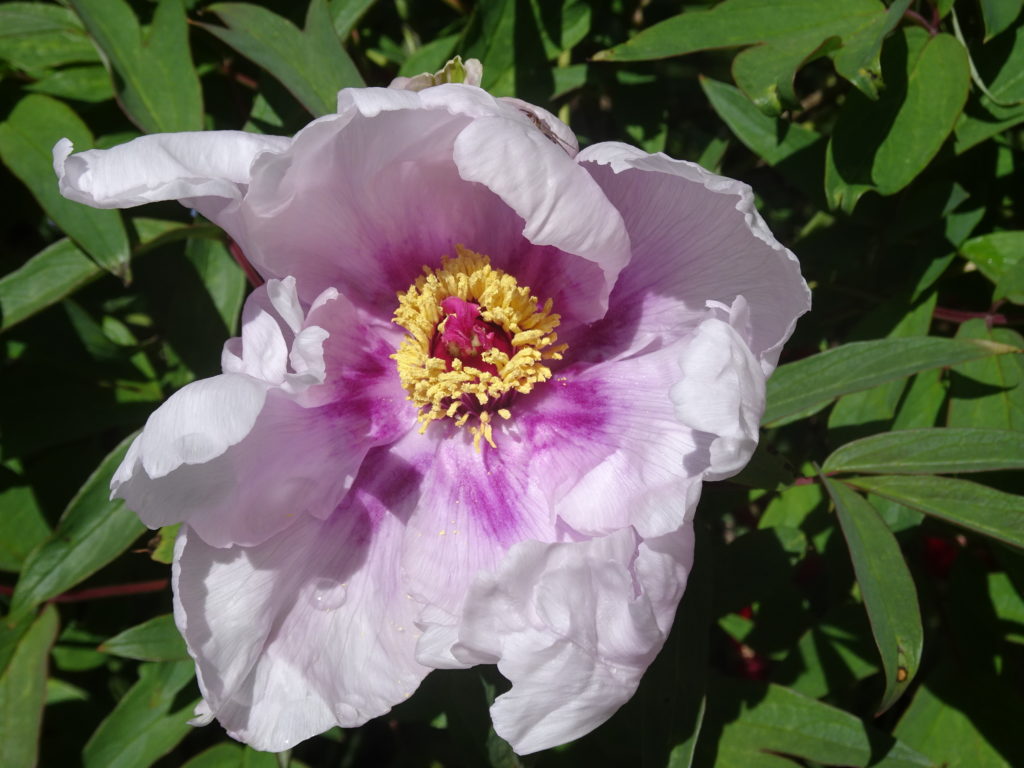


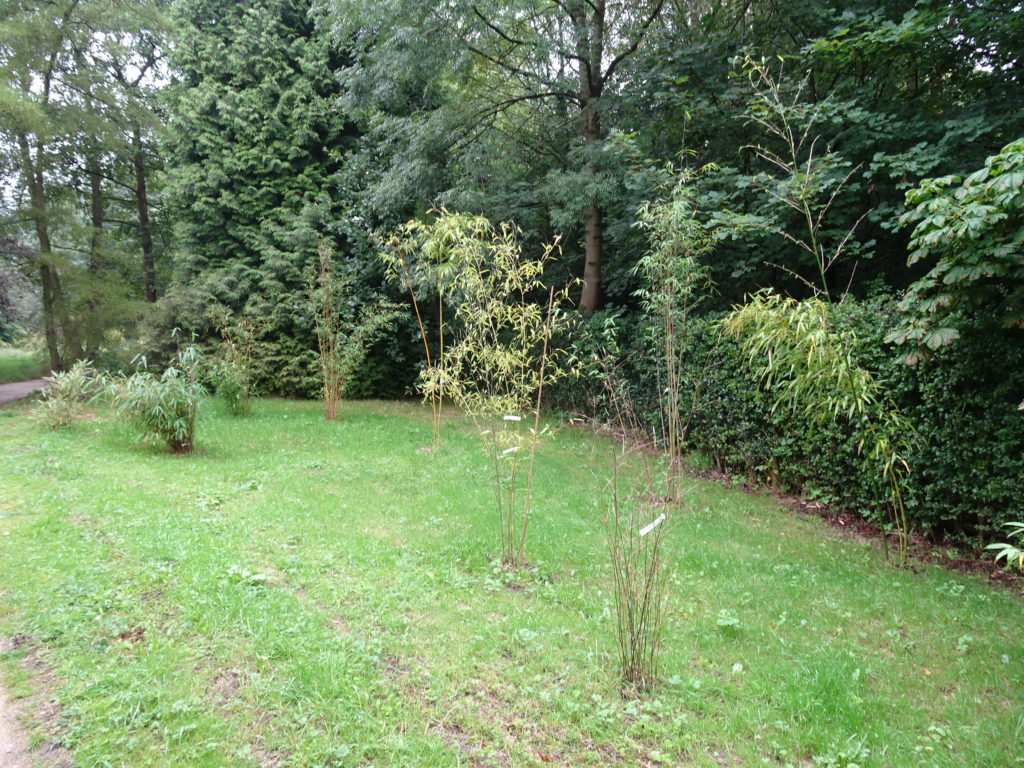 New Bamboo Boulevard at RHS Harlow Carr
New Bamboo Boulevard at RHS Harlow Carr 